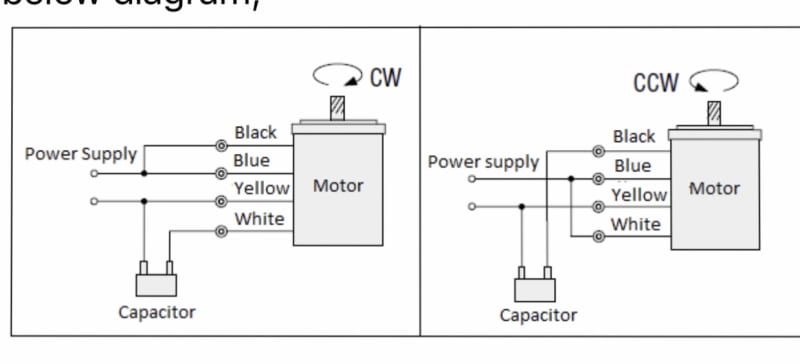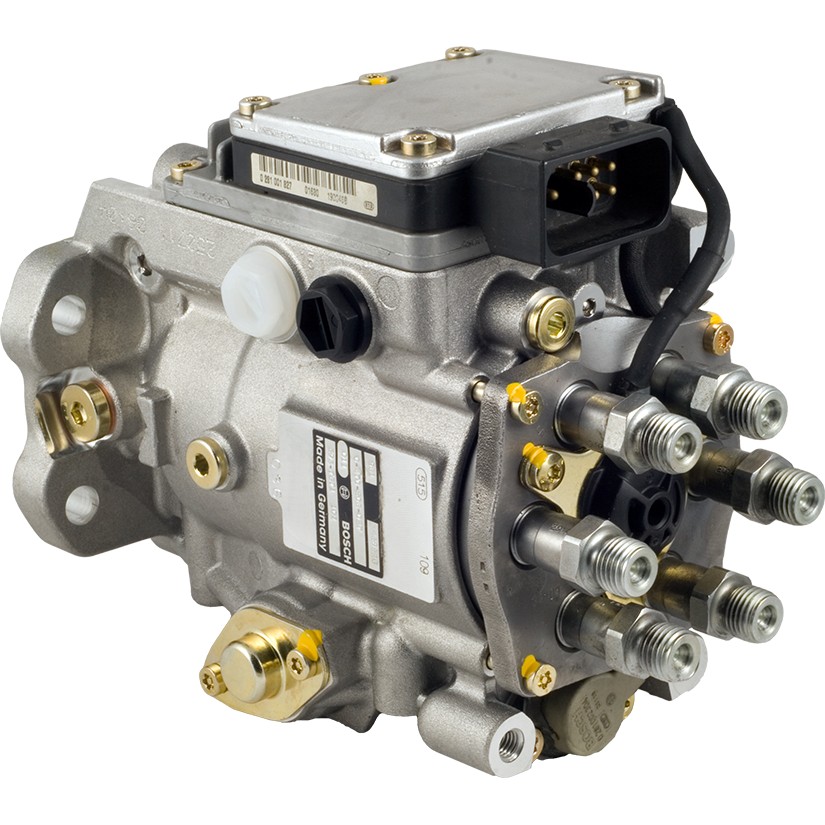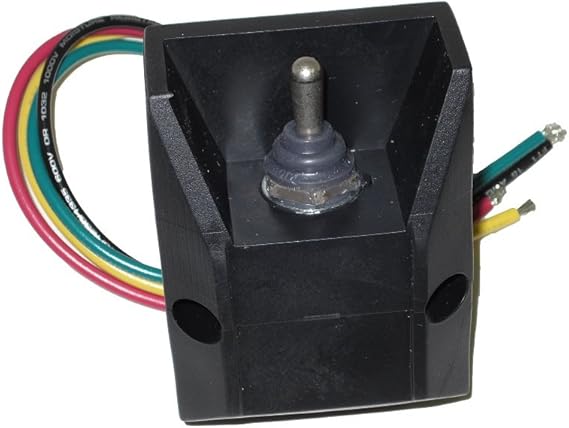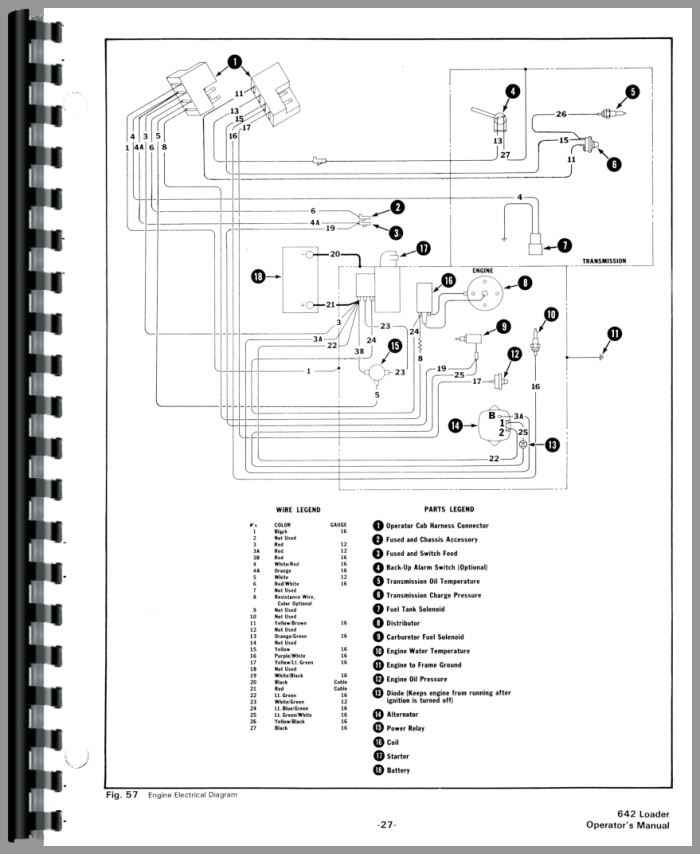Wiring electric hoist diagram dayton winch volt 120
Table of Contents
Table of Contents
A Single Phase Hoist Wiring Diagram is an essential element in a hoist’s electrical system, which indicates the proper placement and connection of the wires to the motor, controlling device, and power supply. In other words, it is the blueprint of the entire hoist system’s electrical circuitry. A well-designed wiring diagram attracts a routine servicing and daily operations of a hoist by facilitating maintenance and troubleshooting activities.
Understanding the Pain Points of Single Phase Hoist Wiring Diagram
Hoist wiring diagrams can be challenging for many individuals, especially for those without electrical or mechanical engineering backgrounds. It is not uncommon for workers or operators to feel intimidated by the schematics and technical jargon. Additionally, inexperienced and inaccurate wiring connections can lead to malfunctioning or damaged hoist components. This mistake often results in expensive downtime, increased repair costs, and, most importantly, greatly threatens the worker’s safety.
The Target of Single Phase Hoist Wiring Diagram
Single Phase Hoist Wiring Diagram’s primary objective is to guide workers, operators, or electrical engineers on the proper placement and connection of the wires to ensure that the hoists function correctly, sustainably, and safely. As such, a well-drawn wiring diagram can prevent equipment failure, injury, and, in extreme cases, loss of life.
Summary of the Article’s Main Points
Single Phase Hoist Wiring Diagram is a critical component of a hoist’s electrical system that guides the proper placement and connection of wires. It is essential to ensure that hoists function correctly, sustainably, and safely. Inaccurate wiring connections can lead to malfunctioning, damaged components, and worker safety risks.
What is the Importance of a Single Phase Hoist Wiring Diagram?
A Single Phase Hoist Wiring Diagram is essential in any hoist operational system as it is the key to ensuring proper placement and connection of wires. Without a specific guide for installing the electrical connections, workers and operators may not be able to install the hoist’s electrical systems correctly, causing damage to the hoist and putting themselves at risk. Accurate wiring diagrams help in reducing time and expenses that may be required for maintenance or repair jobs. Therefore, a well-drawn wiring diagram is necessary for safety, reliability, and efficiency of a crane’s operations.
The Role of an Electrician in Single Phase Hoist Wiring Diagram
Wiring diagrams are typically created by an experienced electrician or electrical engineer that has experience with crane wiring systems. Typically, electricians have a thorough understanding of electrical circuitry and are trained to install electrical wiring systems safely and efficiently. Electricians are tasked with deciphering wiring diagrams to install the wires accordingly, and a well-written wiring diagram ensures that your electrician performs his work efficiently and accurately.
Expanding on Single Phase Hoist Wiring Diagram
Single Phase Hoist Wiring Diagrams guide the installation and maintenance of necessary electrical connections, which often requires a skilled electrician. The placement and proper connection of wires guarantees the smooth functioning of the hoist without any danger to the operator or the pieces of machinery. An accurate wiring diagram ensures that the hoist’s electrical system remains reliable and efficient, reducing the need for downtime, inspection, or repair time.
The Importance of Finding an Electrician Familiar with Single Phase Hoist Wiring Diagrams
If you are not familiar with electrical circuits or a crane’s electrical system, it is vital that you find an experienced electrician who specializes in hoist wiring diagrams to ensure the wiring is done correctly. Choosing the wrong electrician can cause significant damage to equipment or yourself due to incorrect or unsafe wiring connections. A skilled and educated electrician will also be able to identify other potential issues with the hoist that inexperienced ones might miss and can offer valuable insights and recommendations.
Question and Answer Section
Q: Should I attempt to install my hoist’s electrical system myself?
A: No. Electrical installations require professional knowledge and expertise. Inaccurate electrical connections can result in malfunctioning or damaged hoist components, leading to expensive downtime or repair costs, worker safety risks, and even fatalities.
Q: How long does it typically take to install a hoist’s electrical system?
A: It can take anywhere from a few hours to several days depending on the system’s complexity and the skill of the electrician. It is essential to get an accurate estimation from your electrician and plan the installation accordingly to reduce downtime and costs.
Q: What is the difference between a Single Phase and a Three-Phase Hoist Wiring Diagram?
A: A Single Phase Hoist Wiring Diagram shows the electrical connections for systems that run on a single-phase power supply, typically used in smaller hoists, while a Three-Phase Hoist Wiring Diagram shows the connections for systems that rely on three-phase electrical power supply, commonly found in larger crane systems.
Q: Can I save money by skipping hoist maintenance activities?
A: No. Regular maintenance activities are vital in reducing downtime and costs. Skipping routine maintenance activities can lead to malfunctioning, damaged parts, and defective systems in the long run, which can lead to more costly repairs, too much downtime and lost productivity, and, most importantly, worker safety risks.
Conclusion of Single Phase Hoist Wiring Diagram
Single Phase Hoist Wiring Diagram’s primary purpose is to provide guidance on the proper placement and connection of wires to the motor, controlling device, and power supply. It plays a significant role in ensuring reliable and efficient hoist operation and worker safety. As such, it is important to choose a skilled and experienced electrician to install and maintain the electrical systems, especially for more sophisticated cranes. By doing so, you are guaranteed a correctly installed electrical system, reduced downtime and repair costs, and more importantly, a safer workplace environment for the workers.
Gallery
Hoist Control Circuit - YouTube

Photo Credit by: bing.com / hoist cm wiring diagram model circuit control electric chain manual diagrams drawings series budgit yale
Single Phase Hoist Wiring Diagram - PravinDegan

Photo Credit by: bing.com /
Leeson Motor Wiring Diagram - Free Wiring Diagram

Photo Credit by: bing.com / wiring motor diagram dayton electric phase drum leeson ac motors century switch hoist capacitor reversing hp single reverse wire forward
26 Hoist Pendant Wiring Diagram - Wiring Database 2020

Photo Credit by: bing.com / hoist harness electric yale
Electric Hoist Wiring Diagram - Harbor Freight | Electrical Circuit

Photo Credit by: bing.com / hoist harbor winch circuit schematic shunt badland elevator stab winches waiter dumb hoists diagramweb 2500 warn 12v gates
32 Single Phase Hoist Wiring Diagram - Wiring Diagram Niche
Photo Credit by: bing.com / phase hoist capacitor rh awg diagramm kondensator konverter machinist blurts wellread จาก
Dayton Electric Hoist Wiring Diagram - Wiring Diagram
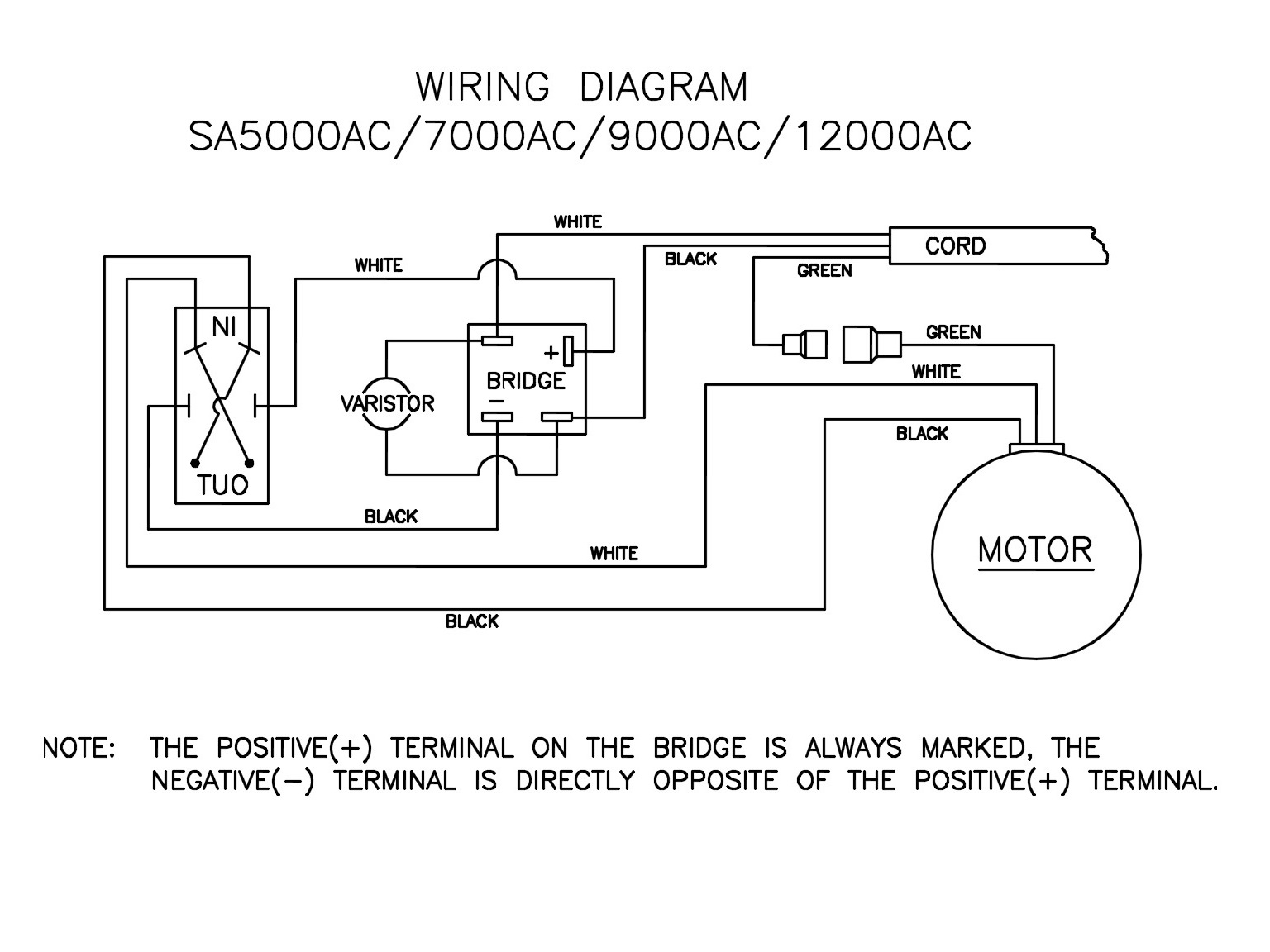
Photo Credit by: bing.com / wiring electric hoist diagram dayton winch volt 120
Single Phase Hoist Wiring Diagram – Easy Wiring

Photo Credit by: bing.com /
Budgit Hoist Wiring Diagram - General Wiring Diagram

Photo Credit by: bing.com / hoist budgit coffing yumpu
32 Single Phase Hoist Wiring Diagram - Wiring Diagram Niche
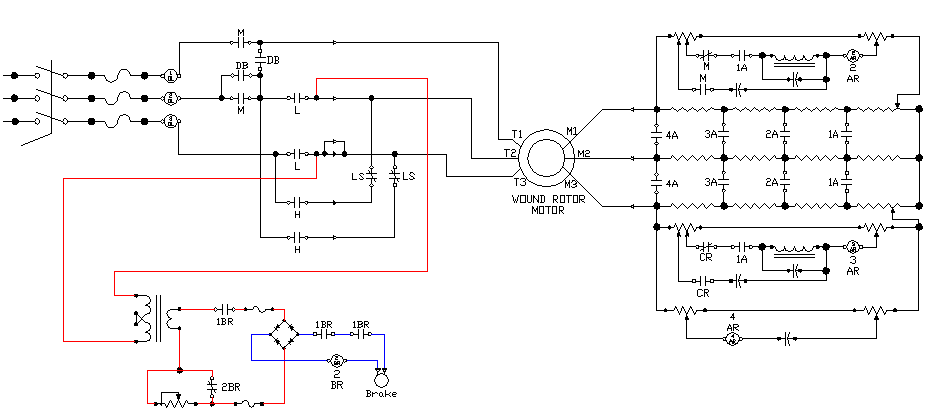
Photo Credit by: bing.com / hoist hedge trimmer ecn lowering forums



